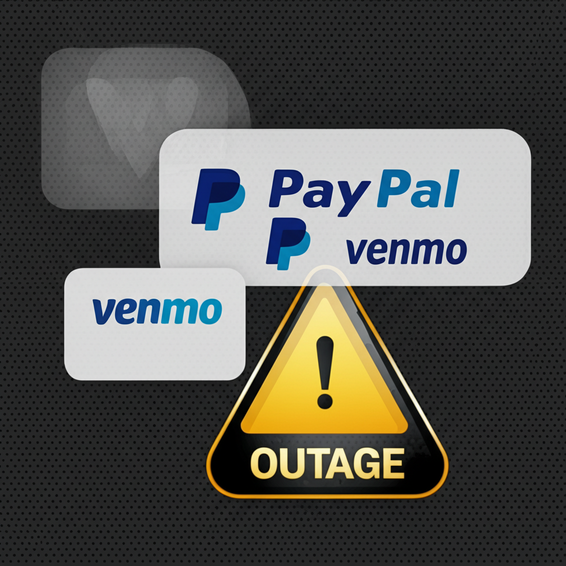The increasing dependence on digital payment platforms like PayPal and Venmo has revolutionized how we conduct transactions. However, this dependence comes with its downsides, notably platform outages that can disrupt operations for individuals and businesses alike. This article explores the implications of such outages on digital transactions and the broader cybersecurity landscape.
Recent Outages and Their Effects
In 2023, multiple outages across major payment platforms have highlighted vulnerabilities. For example, a significant outage in PayPal disrupted payment processing for millions globally, causing frustration among users who relied on the platform for swift transactions. Venmo, another popular service, reported similar issues, raising concerns about the reliability of digital payment systems.
Why Do These Outages Happen?
Payment platform outages can occur due to various reasons, including:
- Technical Failures: Server crashes, software bugs, and network failures can lead to widespread outages.
- Cyber Attacks: Platforms are prime targets for DDoS attacks that overwhelm services, causing them to go offline.
- Maintenance Issues: Scheduled maintenance sometimes runs longer than anticipated, leading to temporary outages.
Impact on Users
Users relying on these platforms for regular transactions can experience significant disruptions. This includes:
- Inability to complete transactions, leading to loss of sales for businesses.
- Delayed payments, causing financial strain on users.
- Loss of trust in the platform, potentially affecting long-term user retention.
Cybersecurity Implications
Outages also highlight vulnerabilities that cybercriminals can exploit. Organizations must bolster their security measures to safeguard against potential threats, including:
- Regularly updating security protocols to guard against DDoS and other attacks.
- Implementing contingency plans for outages, enabling swift recovery to continue operations.
- Educating users about secure transaction practices during outages.
Preparing for Future Outages
Given the increasing frequency of such outages, businesses should develop strategies to mitigate impact:
- Diverse Payment Options: Offering multiple payment methods can help minimize disruption during outages.
- Regular Testing: Conducting routine tests on systems and backups can ensure quick recovery.
- User Communication: Keeping users informed about potential outages and updates is crucial.
Related Articles You May Like
- The Impact of Microsoft Outages on Digital Infrastructure
- Cybersecurity: Safeguarding Against Emerging Threats
- Insights on the PayPal and Venmo Outage
Conclusion
Payment platform outages are more than just technical glitches; they raise critical questions about reliability and security. As users and businesses navigate these challenges, proactive measures are necessary to ensure smooth operations and secure environments in digital transactions.







